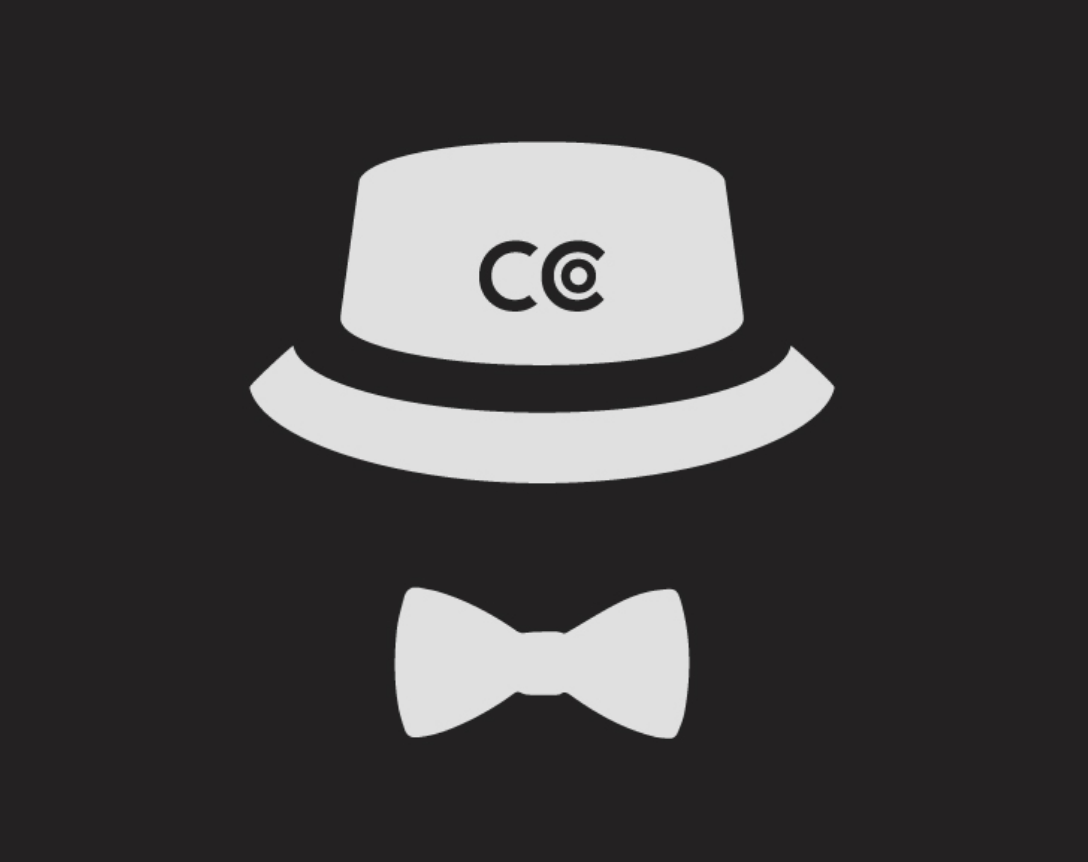Official Caddying Story: John Turner
John Turner is the chairman of Hillcrest Capital Partners, a private equity firm based in Minneapolis. Prior to Hillcrest, John was the chairman and CEO of ReliaStar Financial Corp., which was acquired by ING Group in 2000 for $6.1B. He then served as the vice chairman of ING Americas until his retirement. John has also served on a range of for profit and nonprofit boards, including Hormel Foods Corporation, CNO Financial Group, MA Mortenson, the Carlson School of Management at the University of Minnesota, and Allina Hospitals & Clinics. He is a longtime Western Golf Association Director and now focuses the bulk of his charitable efforts on affordable housing, believing strongly that one of the most important elements for children growing up is for them to have a stable home. John began his illustrious career looping as a teenager in Massachusetts, and you can learn more in his Official Caddying Story.
At which golf course did you first caddie, and how old were you when you started?
Longmeadow Country Club near Springfield, Massachusetts, I started when I was about 14 years old. I remember riding my bike to the club when I first started but later drove my car.
Why were you compelled to become a caddie?
Sports were number one for me growing up, with baseball and hockey being the key ones. But in high school, golf replaced baseball in my life. I really liked golf and anything to do with it, so caddying was appealing. I had a couple of friends who did it, and caddies could play on Mondays, which was an attraction. My parents later joined Longmeadow, even though neither of them was a golfer, so that allowed me to play a lot more often.
Take us through your first day on the job, who was your first loop?
I had been around the game enough, so I knew what to do and didn’t have any major problems. I do remember playing gin rummy with the other caddies while waiting for loops.
The fees were 1 to 2 dollars per round, but one member paid 5 dollars for a double bag. Naturally, that was the job that everybody aspired to secure. I got that gig once; I was very proud of myself.
What was the biggest mistake that you made during your caddying career?
I don’t remember anything that I did. But one incident occurred when I was out with another caddie, one of my classmates, who accidentally stood in a player’s line while she was attempting to putt. He was mortified! She was not happy about it, so I made sure to pay very close attention and never did that to any of the golfers.
What did you most enjoy about caddying?
Just being around golf, I liked anything to do with the game and still do. I even came out of retirement, so to speak, when the US Senior Amateur took place in Minnesota years ago. I caddied for two different players at Wayzata Country Club for the qualifying rounds. It was the first time I'd caddied since high school and was able to help the first player out a fair amount. The next guy was actually involved with the WGA but only wanted me to carry the bag. But I enjoyed the experience.
Tell us about some of the people for whom you caddied, did any of them contribute to your career in a meaningful way?
Longmeadow was the creme de la creme in the Springfield area. There were executives from most major companies and banks. A man who worked in sales for MassMutual was particularly nice to me. His name was Doug Ellis. When I got old enough to play in events at the club, he volunteered to be my partner, which was really nice of him.
What was the biggest lesson that you learned from caddying that helped you succeed as you progressed in life?
Golf, in general, has been a big part of my life. Growing up, a neighbor of ours was an actuary and turned me onto the profession. In addition to sports, I always liked math, so that was my major at Amherst, where I also captained both the hockey and golf teams. I went to work for Monarch Life Insurance Company out of college, and as you probably know, insurance people tend to be golfers. The game has led to many friendships and connections, especially through the sales forces of the companies where I’ve worked.
Subsequently, our family and our foundation have tried to give back to the game and caddying. One of my dear friends, Carson Herron, was part of the first full class of Evans Scholars at the University of Minnesota in 1961. He ended up introducing me to many of the Evans alums his age when we moved to Minnesota in 1967. My father-in-law, Fritz Corrigan, was also heavily involved with the WGA, particularly the Evans house at the university. We believe strongly in golf, caddying, and the mission of the Evans Scholars Foundation.
There was a part-time caddie master and starter at Longmeadow who had actually been a Ouimet Scholar. I got to know him well and could see how important the support had been to him. My father was a radiologist, and I was very lucky that my family had resources. But from a young age, I was able to see how impactful caddying could be, especially to those less fortunate.
If you could nominate one former caddie who went on to enjoy success, whose Official Caddying Story would you like to hear?
There are two guys who help run the Evans Scholars program at Minnesota and are very supportive, John Mendesh and Jim Trenda. Both are great examples of the loyalty and service that Evans alumni give back to the program. John recently retired from General Mills, was in a very high position, and could be a particularly good person to talk to right now.

